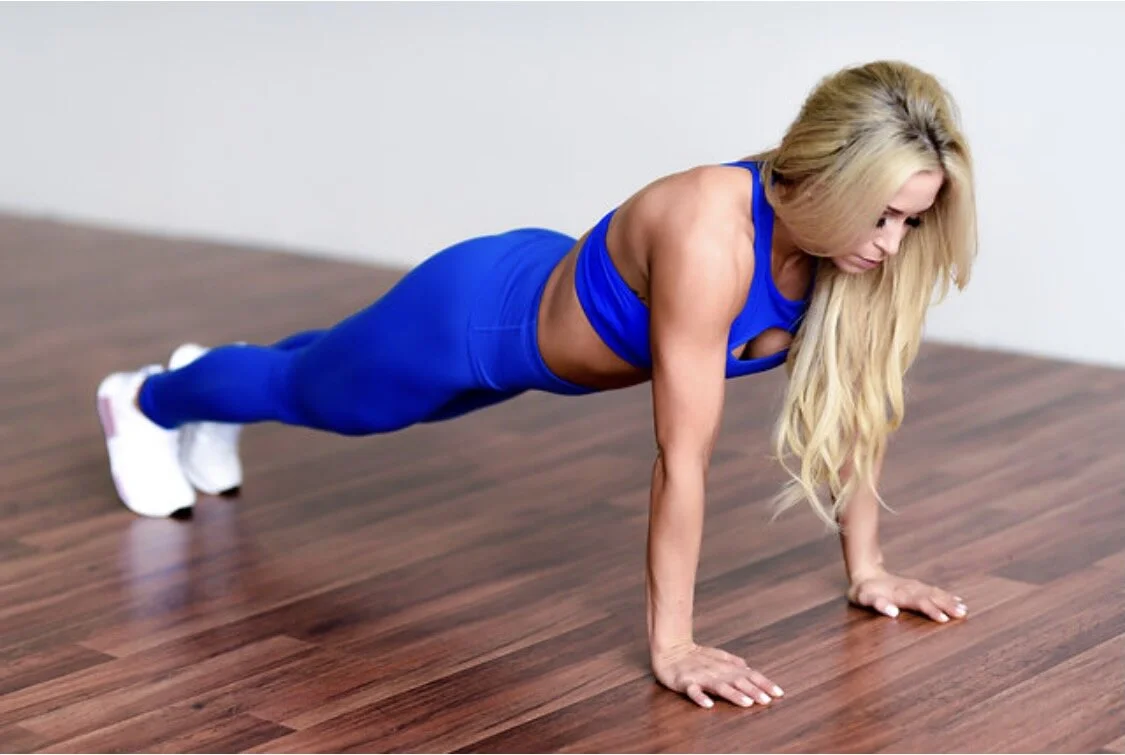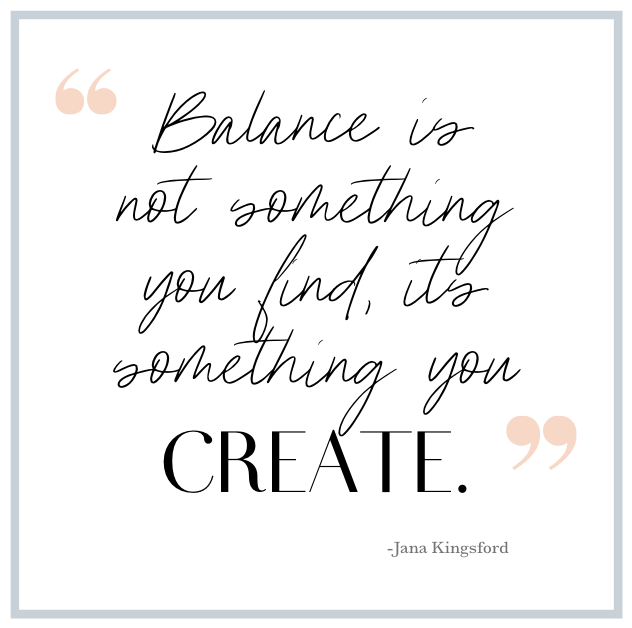It is hard to believe it, but the holidays are upon us! This is an amazing and wonderful time of year, right?
But as we all know, this time of year can also be the source of angst and stress due to financial strain, overbooked schedules, opinionated family members, and of course… stressing about how NOT to gain that 10 lbs that magically shows up every year between Halloween and January 1.
For some - this time of year is just another couple of months where practicing the word ‘no’ comes in handy. They thrive on continuing to make progress in their health and fitness and have been working to work the holidays IN with their goals. Others tend to view this time of year as a ‘maintenance’ phase, where they simply want to just maintain where they are at until after it all blows over.
Both approaches are great! But both can require some mindset work, goal setting, and intention to be successful. So, I’m sharing some tips to help you navigate this holiday season with ease!
Tip #1: Plan Ahead
INTENTION: Holiday season or not, I urge my clients to have a plan for how they are going to attack the week. But, as the holidays approach, this is even more imperative for success.
ACTION: Review your schedule for the week and what you will have time to do (or won’t). Plan your meals for the week and grocery haul with your schedule and bandwidth in mind! Consider what sounds good, but also what makes sense for your schedule and how much time you have. When in doubt, keep things really simple!
Tip #2: Maintain Your Daily Routine
INTENTION: Just because it’s the holidays, doesn’t mean you should forego your healthy habits and daily routine.
ACTION: I encourage you to continue meal prepping, prepare your own meals, keep nutrient dense/ convenient snacks on hand to fight off hunger or cravings when you get caught in a bind.
Tip #3: Prepare For Party Time
INTENTION: Don’t EVER show up to a party/ gathering hungry. Hoarding calories, fasting earlier in the day, or rushing out the door on an empty stomach will not serve you well at the buffet table.
ACTION: (1.) Eat a well balanced meal right before you go and take something in your purse, like a small bar, or a handful of almonds/ nuts to pop in your mouth if you are gone longer than you planned.
(2.)Attack the entrees and appetizers mindfully. Take inventory of what is available and prioritize your plate with the things you want to enjoy the most!
(3.)This is the best approach to truly survey what is offered and take what it is you genuinely want to eat vs. a little bit of everything. Research has shown that when faced with a wide variety of foods, people tend to eat more—regardless of true hunger level.
(4.)Finally, once you’re feeling satisfied and enjoyed the meal… stay away from the buffet table. Remember, the food isnt going anywhere. You can always go back for more if you decide you are still truly hungry.
Tip #4: Account for Alcohol
INTENTION: There’s no need to cut out alcohol or avoid it in order to maintain or keep making progress. The truth about alcohol, however, is that it is calorie-dense and nutrient-poor. It also puts a major stall on your metabolic system, digestive system, will make your cravings go through the roof, and typically leaves you feeling dehydrated and bloated post party. Long story short- those calories can add up quickly if you aren’t careful. Alcohol also breaks down your inhibitions and can impair your judgment, making you less likely to resist (and often eat more of) the foods you might otherwise pass up (hello munchies, or drunchies). My biggest motivator for avoiding alcohol? It REALLY messes with my sleep.
ACTION: (1.)Set an expectation ahead of time for how many drinks you plan to enjoy that evening by considering your goals AND knowing your limits.
(2).Be wise about your drink of choice. Opt for bitters and seltzer water and avoid sugar-packed mixers.
(3.)Prioritize the events that are most important to you to keep drinking to a minimum during the week.
Tip #5: Prioritize protein and plants
INTENTION: Colorful foods, and produce (aka fruits and veggies) – whether fresh, frozen, dried, or canned – are rich sources of vitamins, minerals, and other nutrients that help support optimal health. They also help keep you feeling satiated, energized, curb cravings, and is the BEST way to ensure you will look and feel your best this holiday season (and all of 2023).
ACTION: Fill your plate with 50% bright colors, 25% protein ( or a portion the size of your palm), and 25% carbohydrates. This is a great rule of thumb for meals out, or anytime you have to attend a gathering/ function and are not in control of what's being served.
Tip #6: Mindfulness matters
INTENTION: Listening to your body is important. Being mindful about your true hunger levels, what and when you eat is also important. Why? Ignoring these signs from your body is the fastest way to end up tired, hangry, and in the perfect position to make all kinds of poor decisions around food.
ACTION: (1).Tune in with your true hunger: Is your stomach growling? Are you low on energy? Do you feel shaky, have problems focusing, or are you irritable (i.e., hangry)? These are all classic hunger cue signals. Experience any of these and it’s most likely time for a snack or meal!
(2.)Eat until a 7 on the fullness scale, but never let yourself drop below a 3. This can lead to panicky eating
(3.)Remember, there’s no guilt in food. You didn’t steal the food, you aren’t committing a crime to eat the food– be empowered, be mindful and most importantly, enjoy it.
Tip #7: Keep Moving
INTENTION: This is a busy time, and it’s not uncommon for workouts/ movement to be pushed to the side. That’s also a big reason why people feel they “back track” during the holiday season. The best approach is to plan this time in and really commit to it
ACTION: Schedule workouts and movement, make sure you’re doing something you enjoy, but keep to your regular routine around workouts/ activity! You will feel better, enjoy the festivities more so, and be in a much better place once the holidays are behind us.
Tip #8: Remember The Reason For The Season
INTENTION: Whatever you celebrate this holiday season, remember the reason for the season. This is a time to celebrate family time, milestones from the last year, and cheers to new beginnings come Jan 1.





















